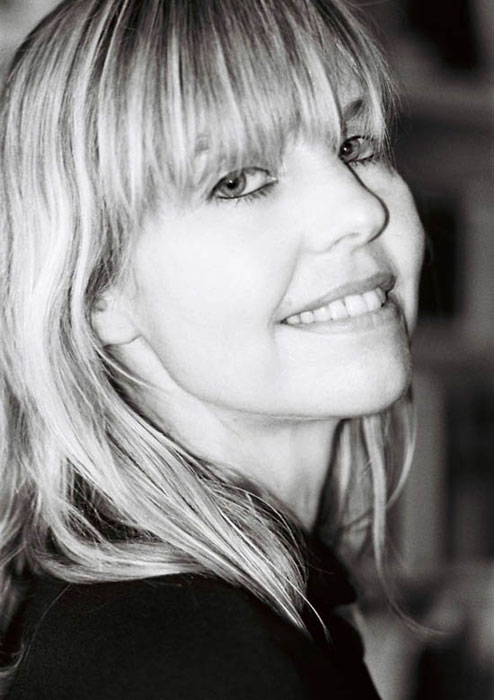Isabelle Graw: The Economy of Painting—Notes on the Vitality of a Success-Medium
 When: Thu., Jun. 4, 2015 at 6:30 pm - 8:00 pm
When: Thu., Jun. 4, 2015 at 6:30 pm - 8:00 pmWhere: The Jewish Museum
1109 Fifth Ave.
212-423-3200 Price: Free with Pay-What-You-Wish Admission; RSVP recommended
Buy tickets/get more info now
See other events in these categories:
 This lecture considers painting to be a visual and discursive medium that is both historically specific and overdetermined by tradition at the same time. It begins with a diagnostic of the present by proposing that painting currently does not seem to need any justification or legitimation—it seems to have risen as an art form that is self-understood and somewhat naturalized. The main proposition is that there is a specific potential associated with painting which could be said to correlate with what our new economy most desires. In order to get a better sense of this potential, we will look back to selected painting theories since the Quattrocento, and argue that, despite the historical gap that separates us from these reflections, the arguments that have been developed for painting still reach into our present. Only now, what was once considered to be painting’s strength—e.g., its ability to produce a sense of liveliness or subjectivity—appears in a different light when we deal with an economy that considers exactly these qualities to be its resources. The reference to an “economy of painting” therefore has to be understood quite literally in this context with the gains associated with painting—such as the physicality of its signs, and the price we pay for engaging with it.
This lecture considers painting to be a visual and discursive medium that is both historically specific and overdetermined by tradition at the same time. It begins with a diagnostic of the present by proposing that painting currently does not seem to need any justification or legitimation—it seems to have risen as an art form that is self-understood and somewhat naturalized. The main proposition is that there is a specific potential associated with painting which could be said to correlate with what our new economy most desires. In order to get a better sense of this potential, we will look back to selected painting theories since the Quattrocento, and argue that, despite the historical gap that separates us from these reflections, the arguments that have been developed for painting still reach into our present. Only now, what was once considered to be painting’s strength—e.g., its ability to produce a sense of liveliness or subjectivity—appears in a different light when we deal with an economy that considers exactly these qualities to be its resources. The reference to an “economy of painting” therefore has to be understood quite literally in this context with the gains associated with painting—such as the physicality of its signs, and the price we pay for engaging with it.

 Discover More
Discover More